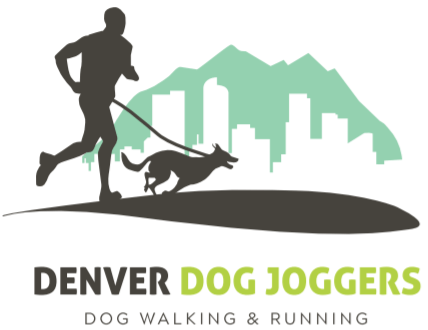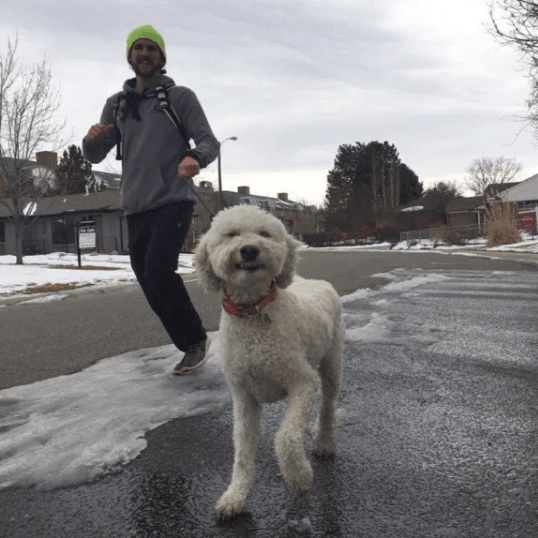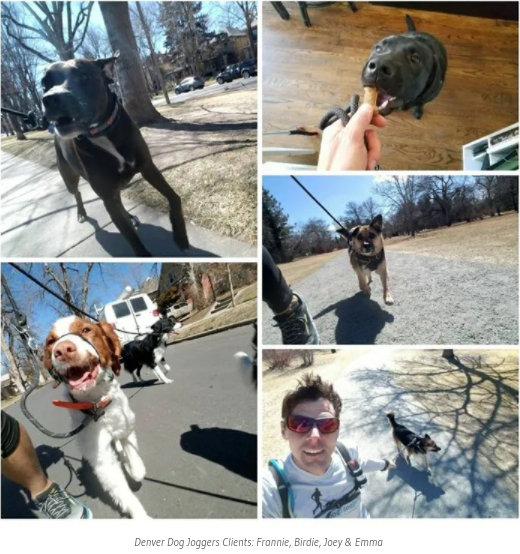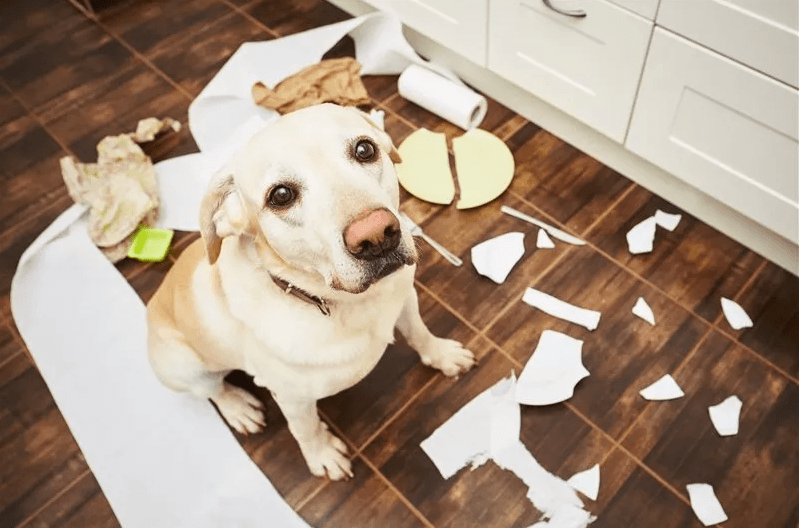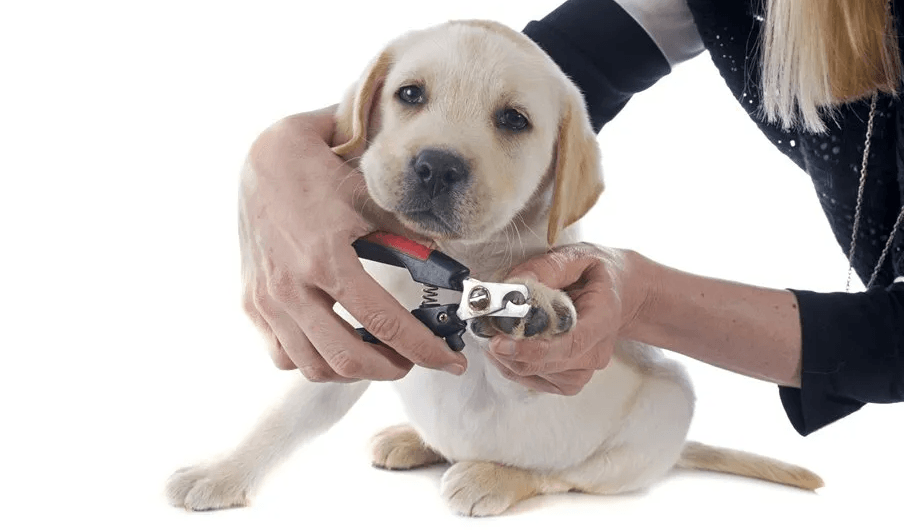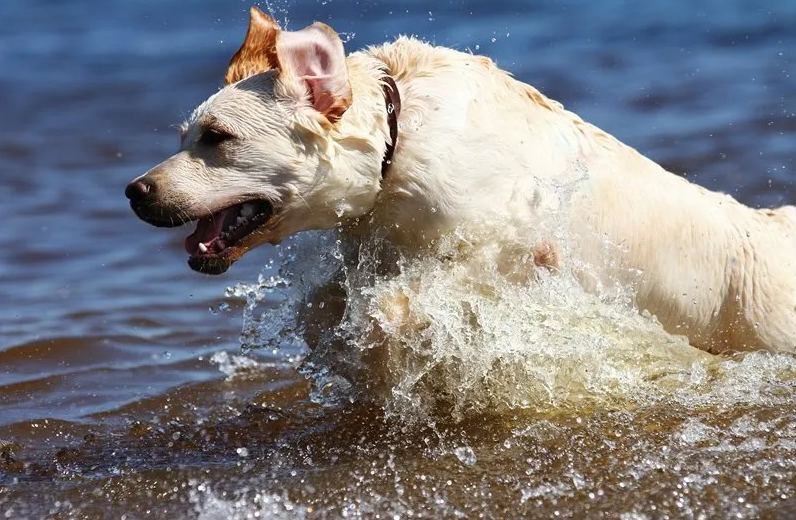How Much Exercise Is Too Much for Your Puppy?
Lauren Pescaurus • September 17, 2020
A responsible approach to introducing your puppy to excercise
Bulldogs are supposed to be sedate, couch-loving sausages. At least, that’s what their reputation is. This shows how little I knew. After accepting a twelve-week-old Bulldog from my mom as my first pet after college I found they can still give you a run for your money.
Puppies of all breeds are packed full of energy and, when they don’t get the proper amount of exercise for their age, they can turn that boundless enthusiasm on your possessions. I realized this when I came home one afternoon to see my sweet little Bulldog, Rosie, had made a new entrance through my bedroom door. I soon realized our calm walks around the neighborhood were not going to cut it for this pooch, I would have to find a way to get her the exercise she needed.
Many new puppy owners, though, are told that heavy exercise can harm a young dog’s growing body and are often left with limited exercise options. How do you try to contain your growing Tasmanian Devil enough to get them the right amount of exercise without damaging their adolescent body? Here is what I found out in my trial-and-error period with Rosie and some input from the experts.
Why You Should Limit Exercise:
Veterinarians often give different recommendations for how much exercise puppies should be getting, I’ve even heard they should get five minutes of daily exercise for each month of age. You might be laughing if you realize a nine-month-old Boxer should be getting less than an hour of exercise each day at an age where they are at peak bounciness. The reason for this rule, though, is because excess exercise in puppies who have not had their growth plate close (typically anywhere from eighteen to twenty-four months of age) can cause lifelong disabilities. While exercise is excellent to prevent diabetes, obesity, and future heart problems, too much at the wrong age can cause
hip dysplasia, movement disorders and an increased chance of fractures.
Many pet parents of sport or work breeds want to get a head start on event training with an early introduction to obstacle courses and athletic training, others are blessed with a high-energy pup and are just trying to wear out their furry tornado. While the choice to start your pup on an early exercise routine is up to the individual, it is important to realize that moderation is key to prevent lasting harm.
When You Should Encourage Exercise:
Just because you need to limit puppy exercise does not mean you should lock them up like Rapunzel. Exercise is still the best way for your puppy to learn play behaviors, socialize with other dogs and humans, and create a bond with their new family. Training sessions are also an excellent time to include play and exercise as a way to keep learning fun for your dog.
Exercise should be encouraged in short sessions with plenty of breaks when your puppy is still young. As long as athletic games like playing fetch or chase are puppy-led and stops when they stop, your puppy will self-regulate themselves within their comfort zones. As your puppy gets older they will have greater endurance and be up for longer periods of activity and be able to go further. Activities that do not allow your puppy to easily stop, like jogging, prolonged hiking, or obstacle courses which put severe pressure on their bones, should be discouraged as it does not let them stop when they feel uncomfortable.
If your puppy is choosing to flop down beside you instead of beg you to throw the ball again, is panting heavily, limping, or is moving slower than normal, it is time to hit the park bench. Dogs are also excellent actors when hiding symptoms of an injury, so if you have been exercising heavily for more than thirty minutes consider taking a break and thoroughly checking your pup for tenderness or swelling.
Healthy Exercise for Your Puppy:
Healthy exercise for puppies doesn’t mean you have to give up your favorite activities, just take into account your small partner’s abilities. There are several activities that are excellent for a puppy to engage in, both as teaching moments and as bonding experiences with people (and burn energy while they are doing it):
You can definitely take them, or have other’s take them, for walks. Puppies at every age need the stimulation and exposure to new experiences that walks bring them. Try starting your puppy out at fifteen-minute walks with them choosing the pace, which offers an excellent time to work on leash manners. As your puppy gets older, they can enjoy more short walks throughout the day to help them expend energy.
Interactive play is when both you and your puppy engage in an activity that involves give and take. Through this type of play your puppy will learn about your body language, how to interact outside their littermates, and will build their relationship with you. Always play with your dog with chewing appropriate materials to avoid your puppy getting used to biting hands, and go to town with fetching, tug of war, ‘attack the teddy’ and squeaker toys.
Use training to make your pup get up and around. Practice your recall technique by running to one side of the yard and calling them over, practice the ‘fetch’ and ‘drop it’ commands with fetch, and encourage them to take a break with ‘lay down’ and ‘sit’. If you keep these training sessions fun and stop when your puppy loses interest, it can be a good way to both reinforce commands and to burn off some energy running from one place to another.
If you are interested in speaking with Denver Dog Joggers to see how they can help you spend some of your puppy’s energy in a safe way, contact us here
to schedule a trial session. Our leisurely walking sessions last anywhere from fifteen minutes to sixty and are excellent for both young puppies and elderly dogs.
Want to learn how to tell if your dog needs more exercise? Check out our article “6 Ways Your Dog is Telling You They Need More Exercise” to check out the common signals.
By Lauren Pescarus
